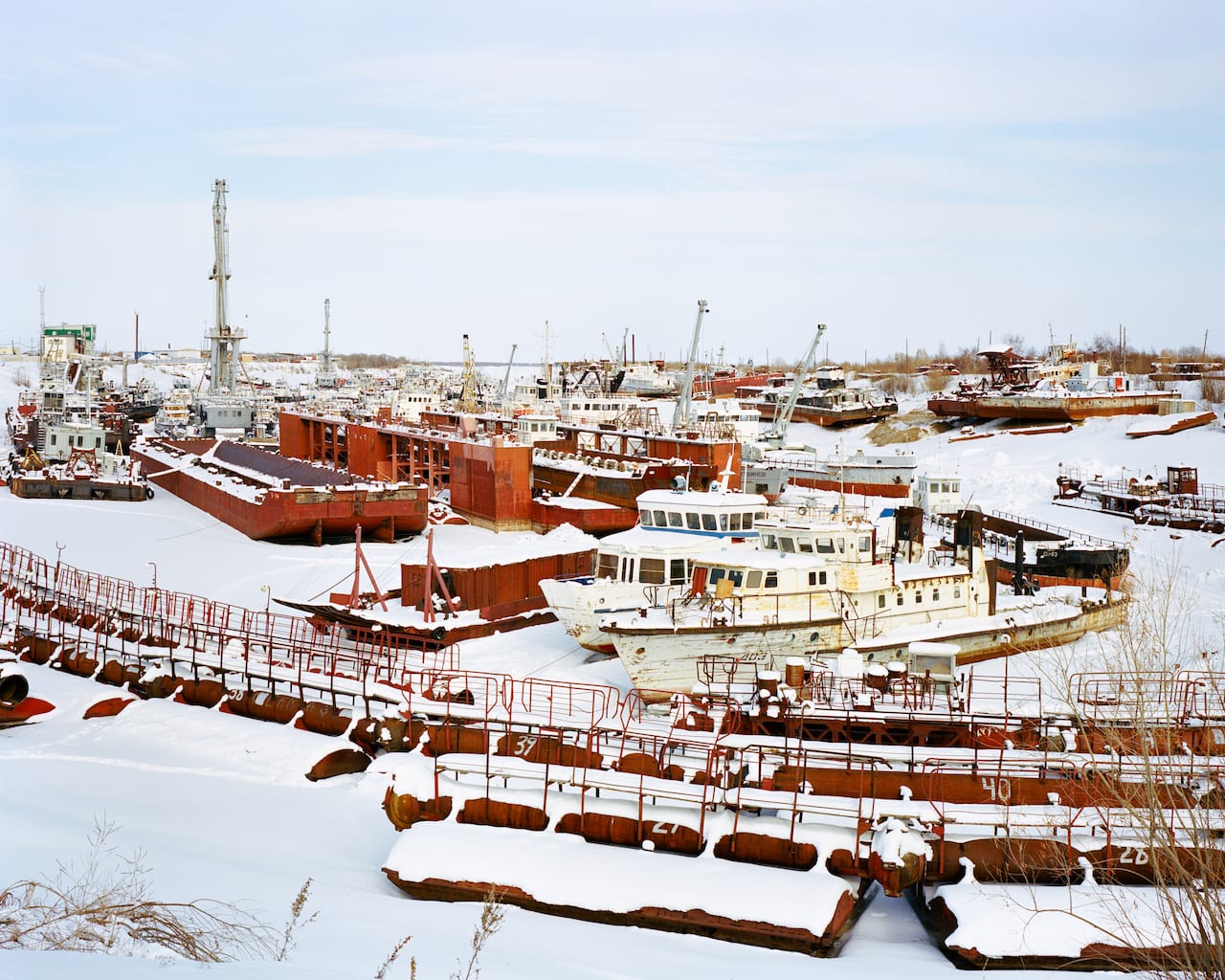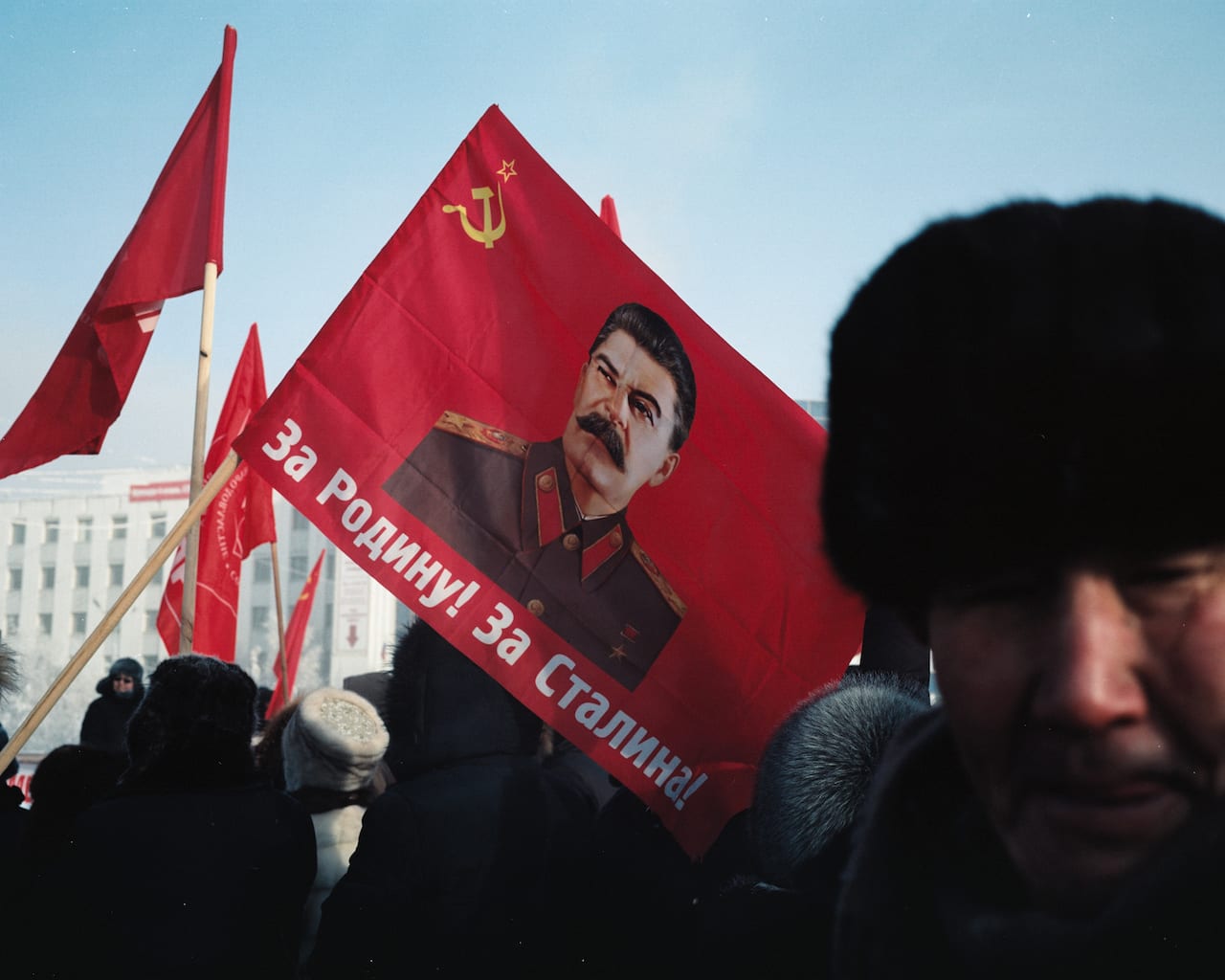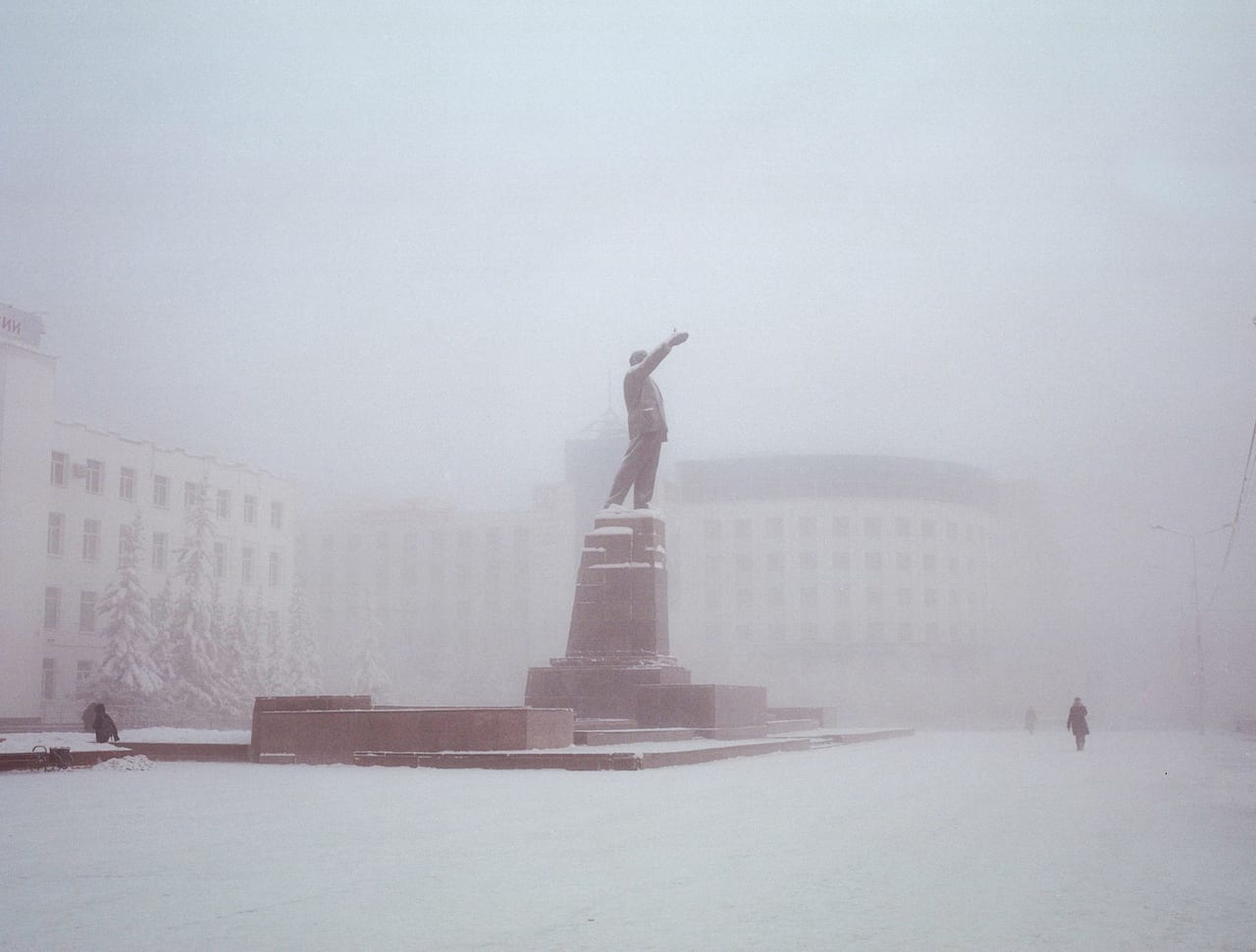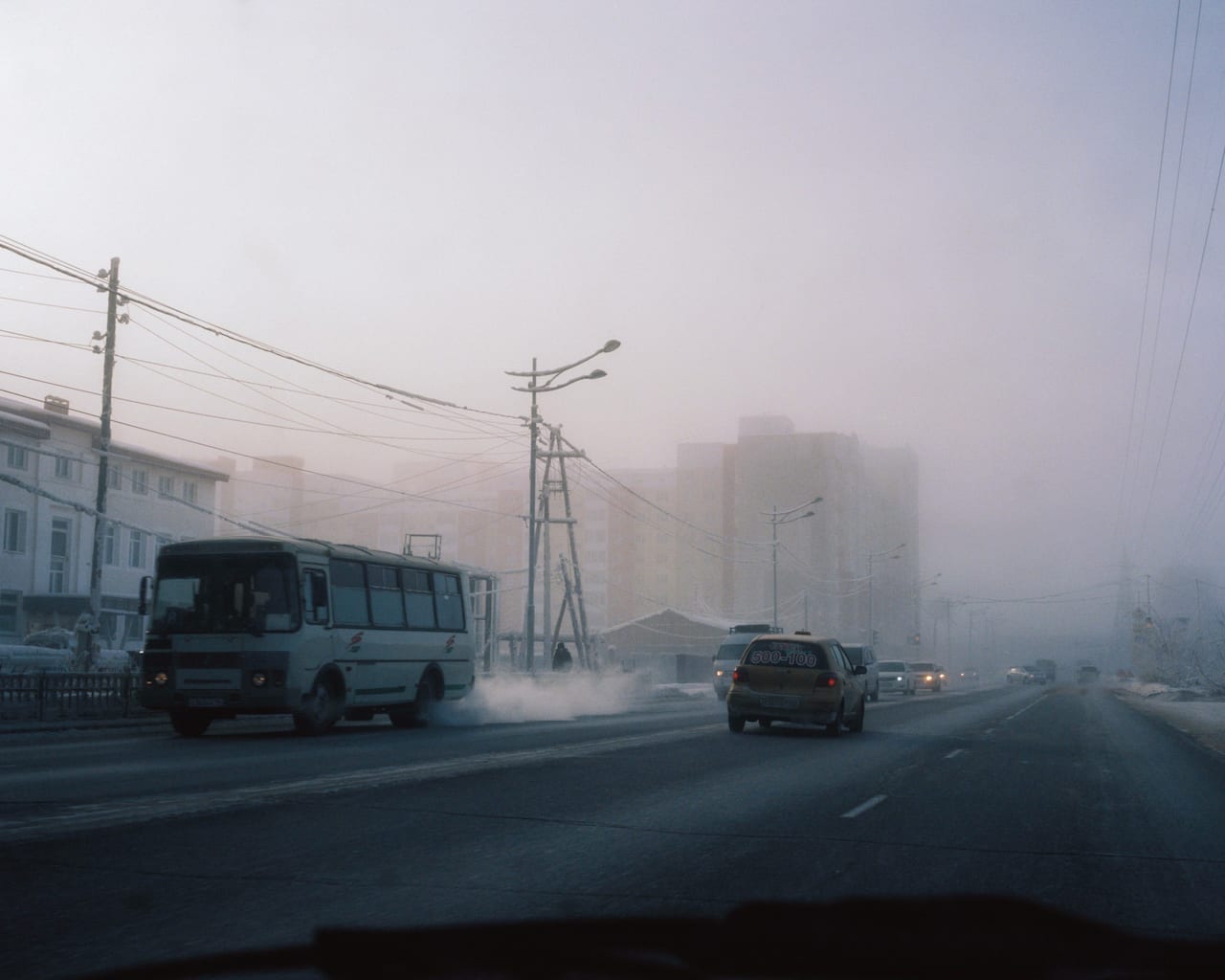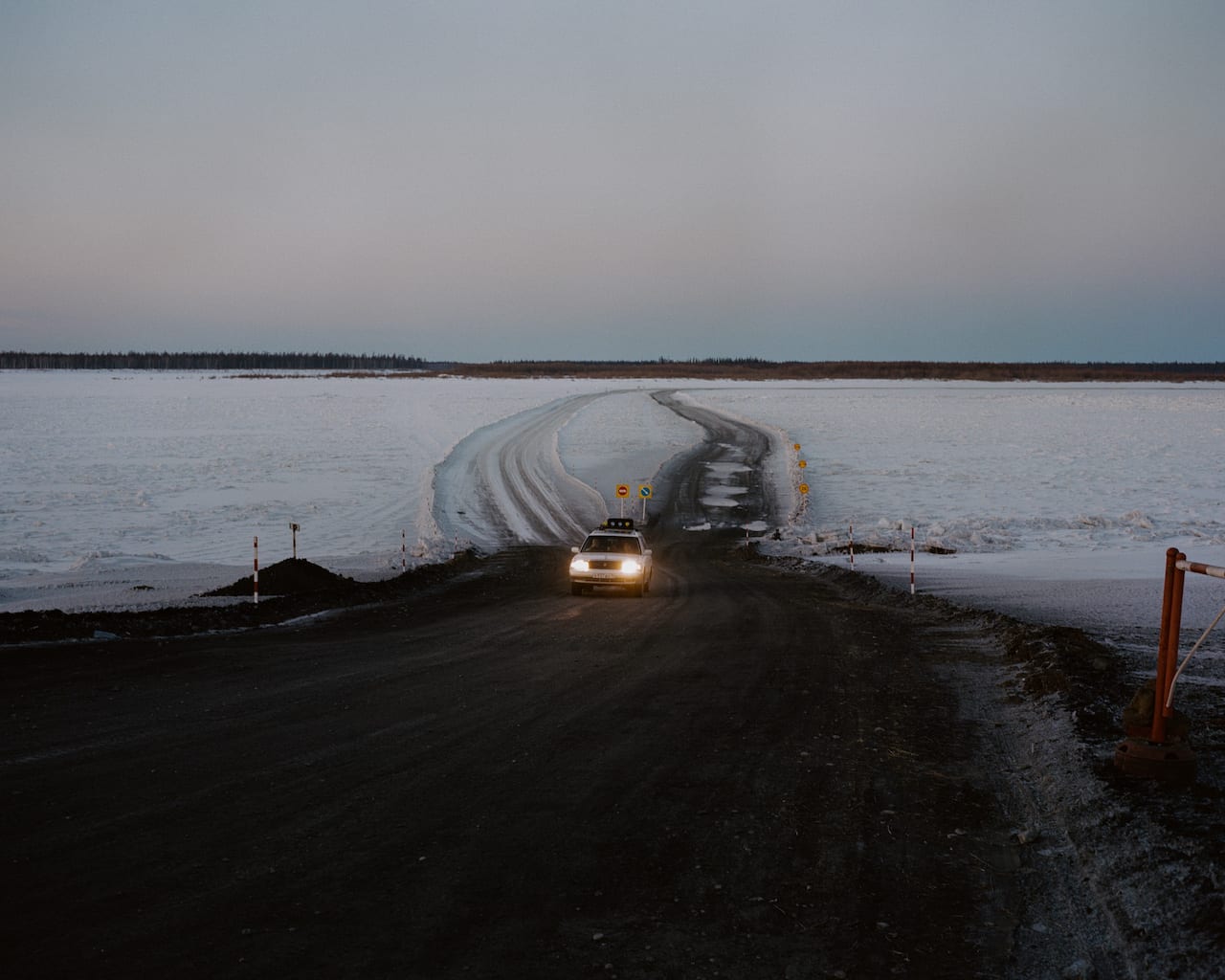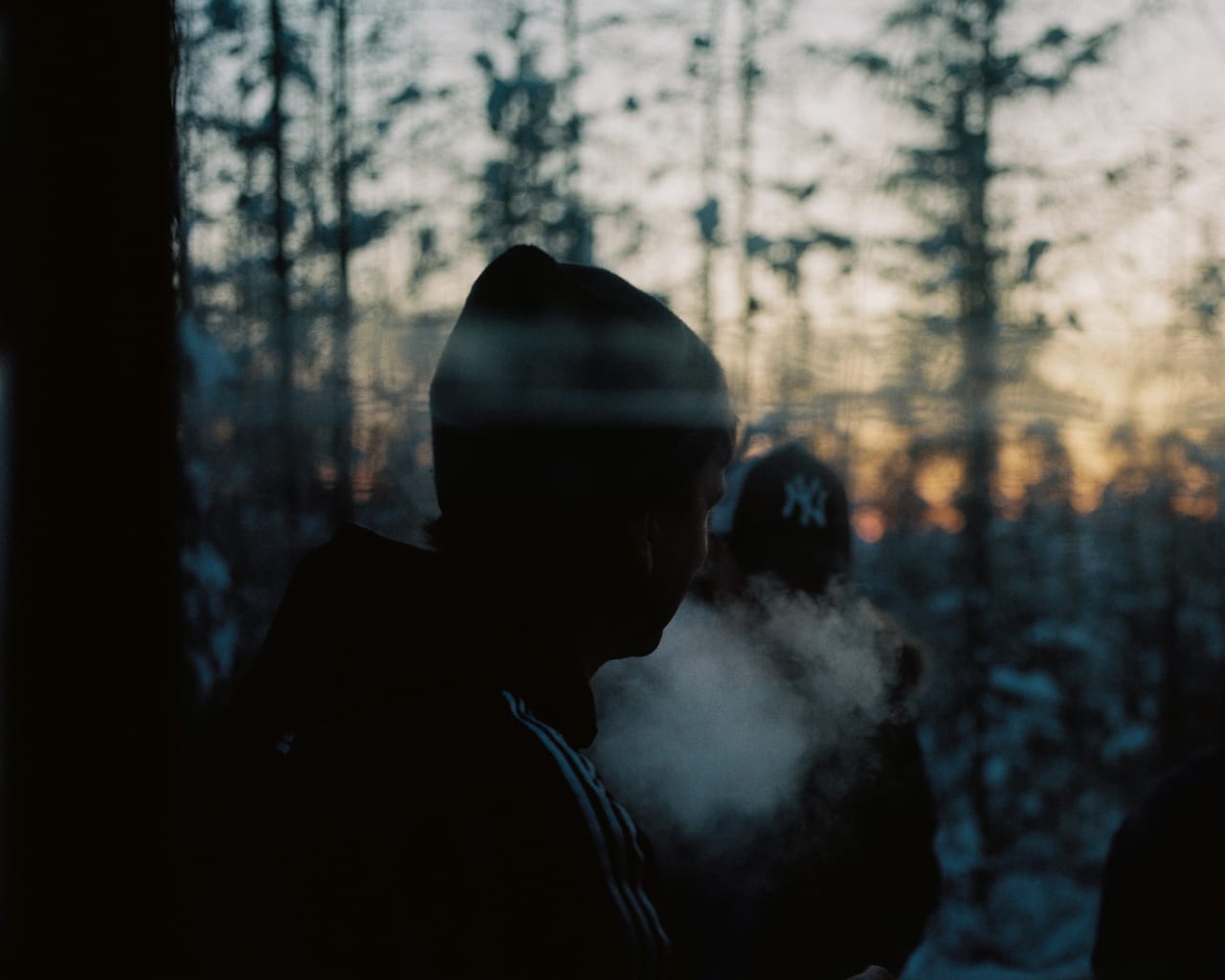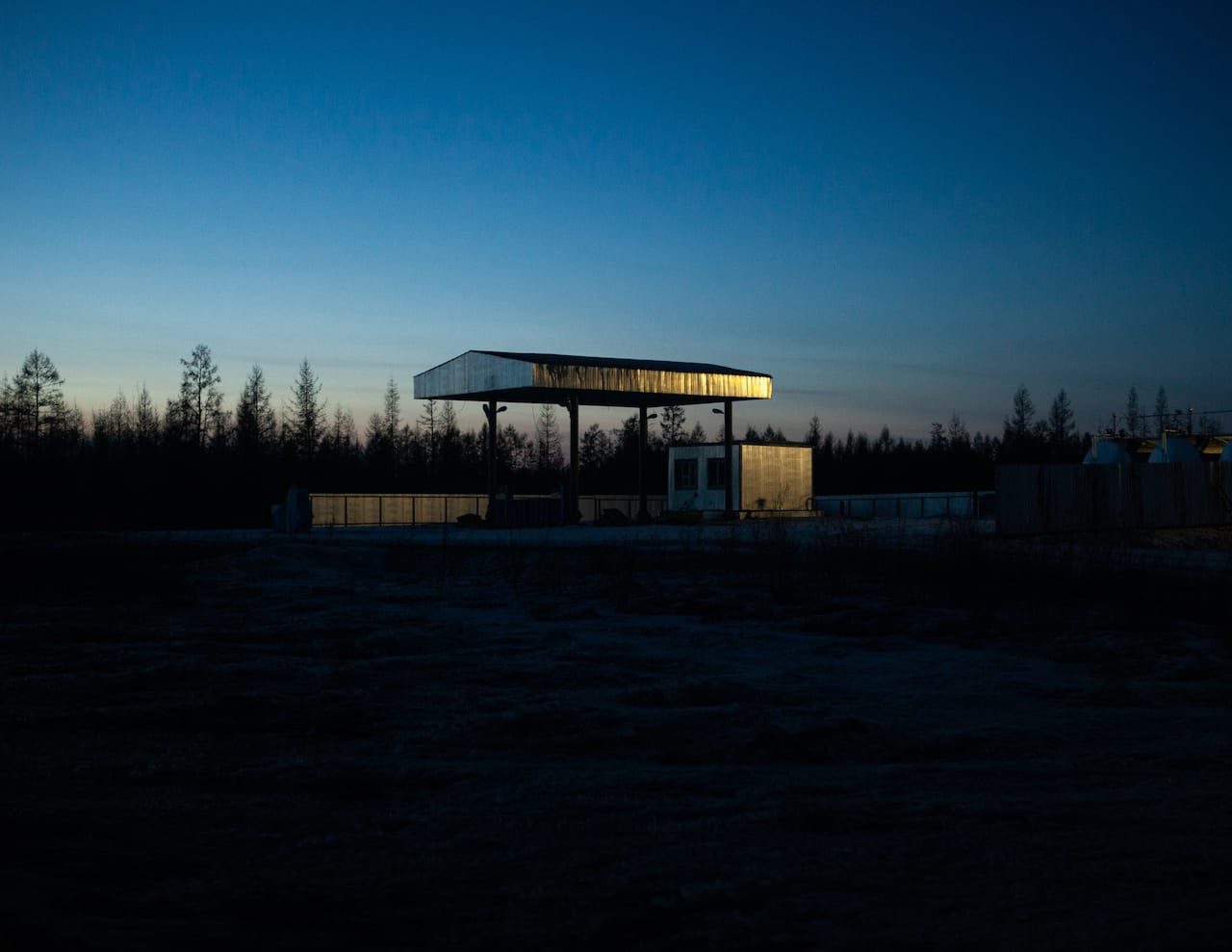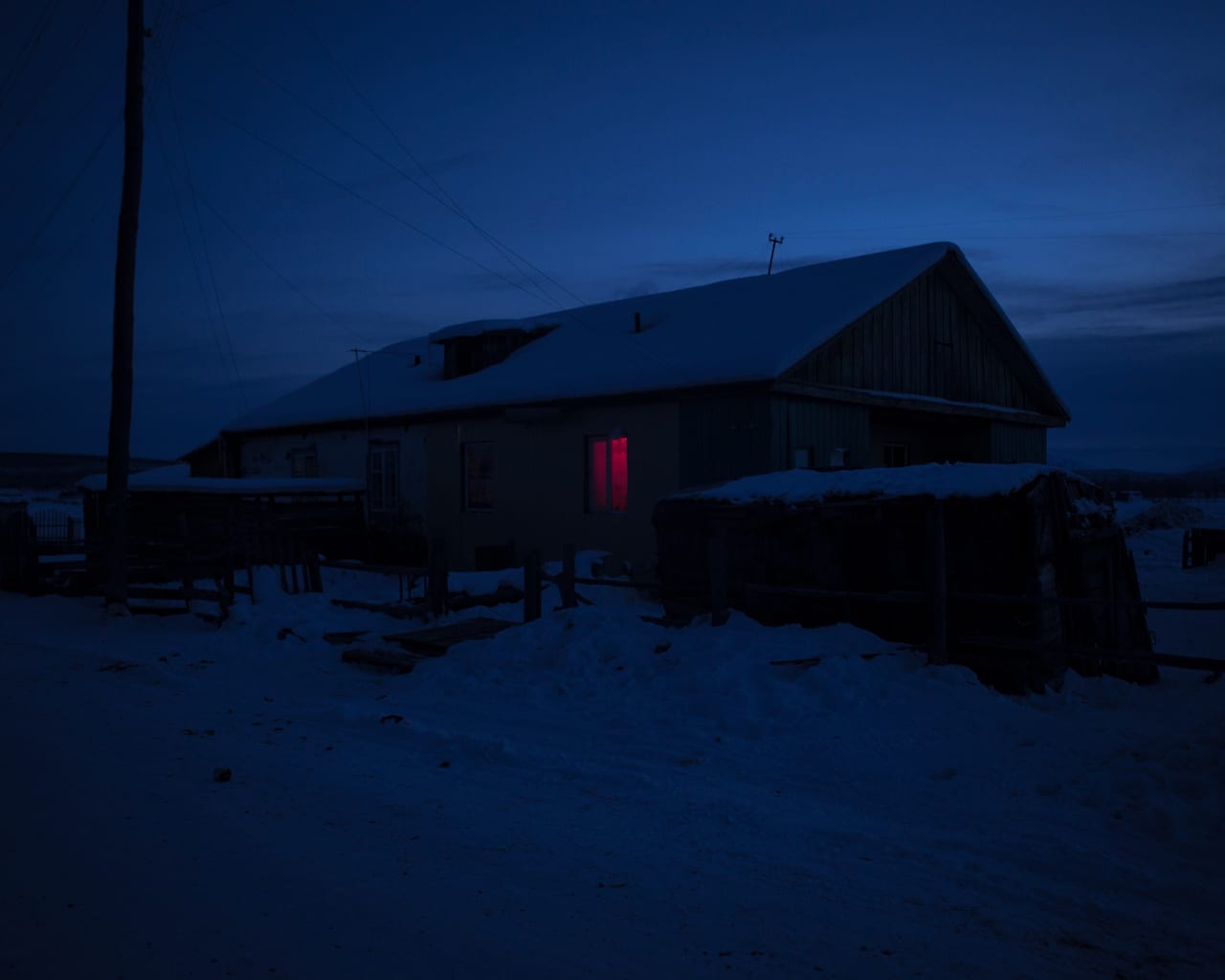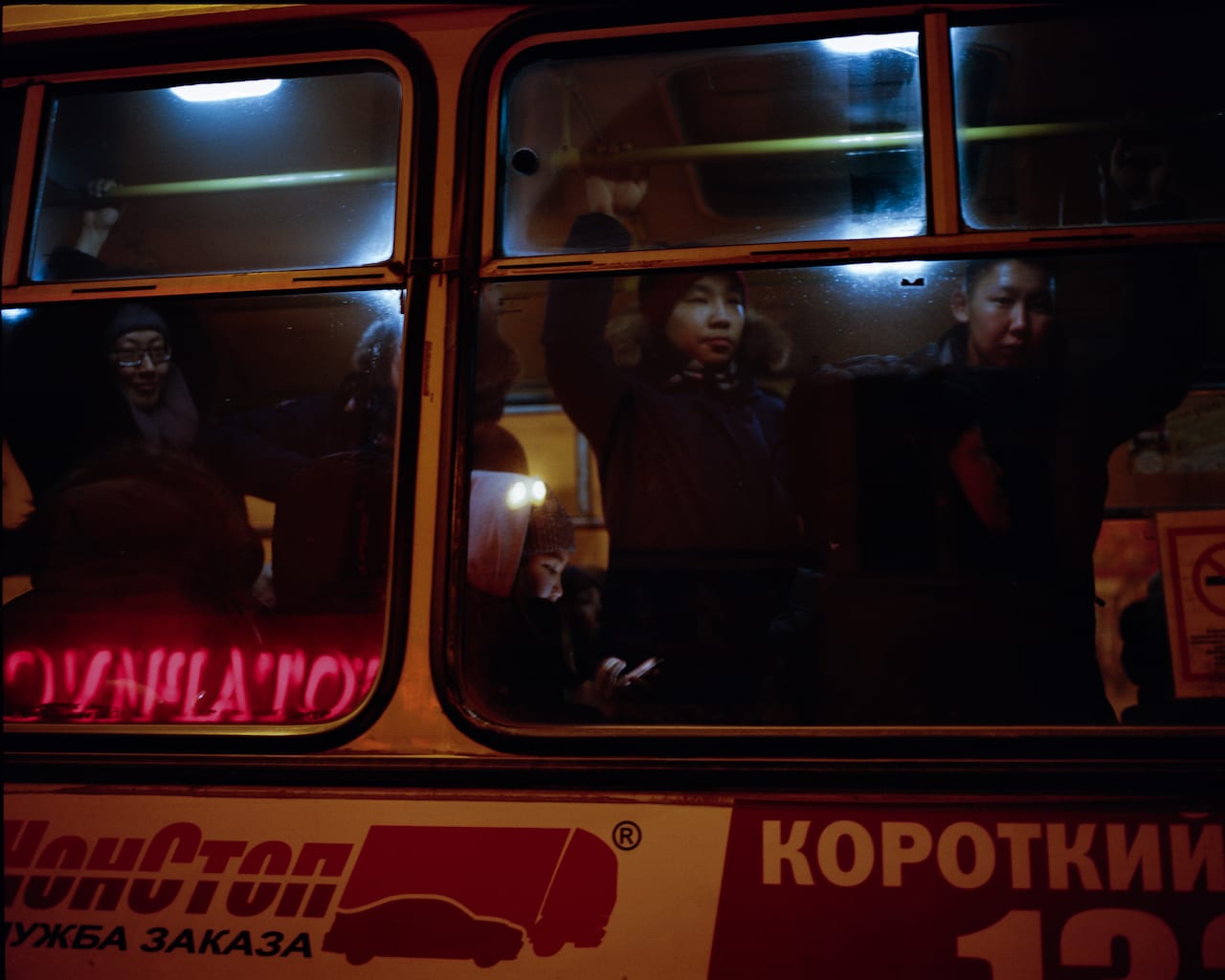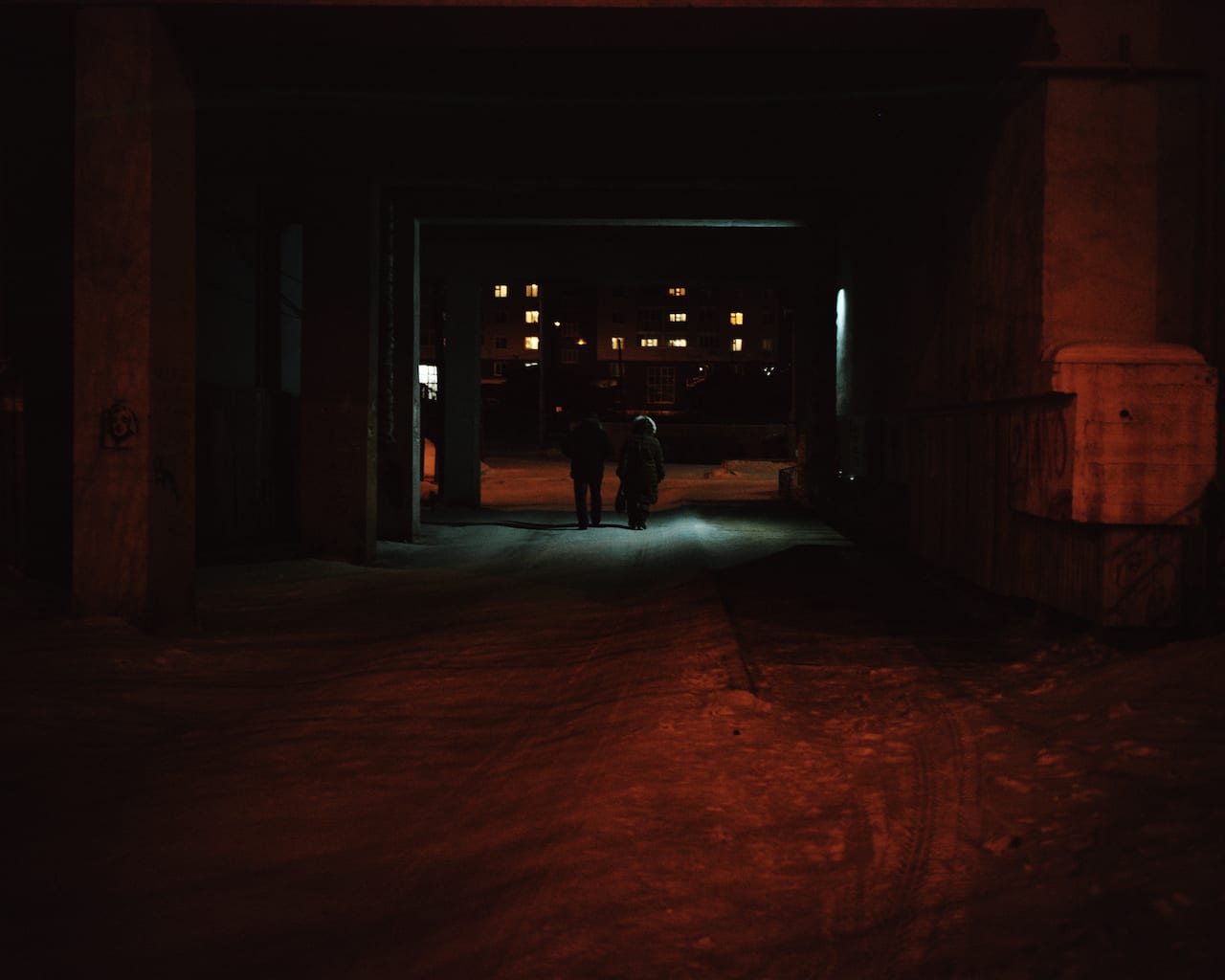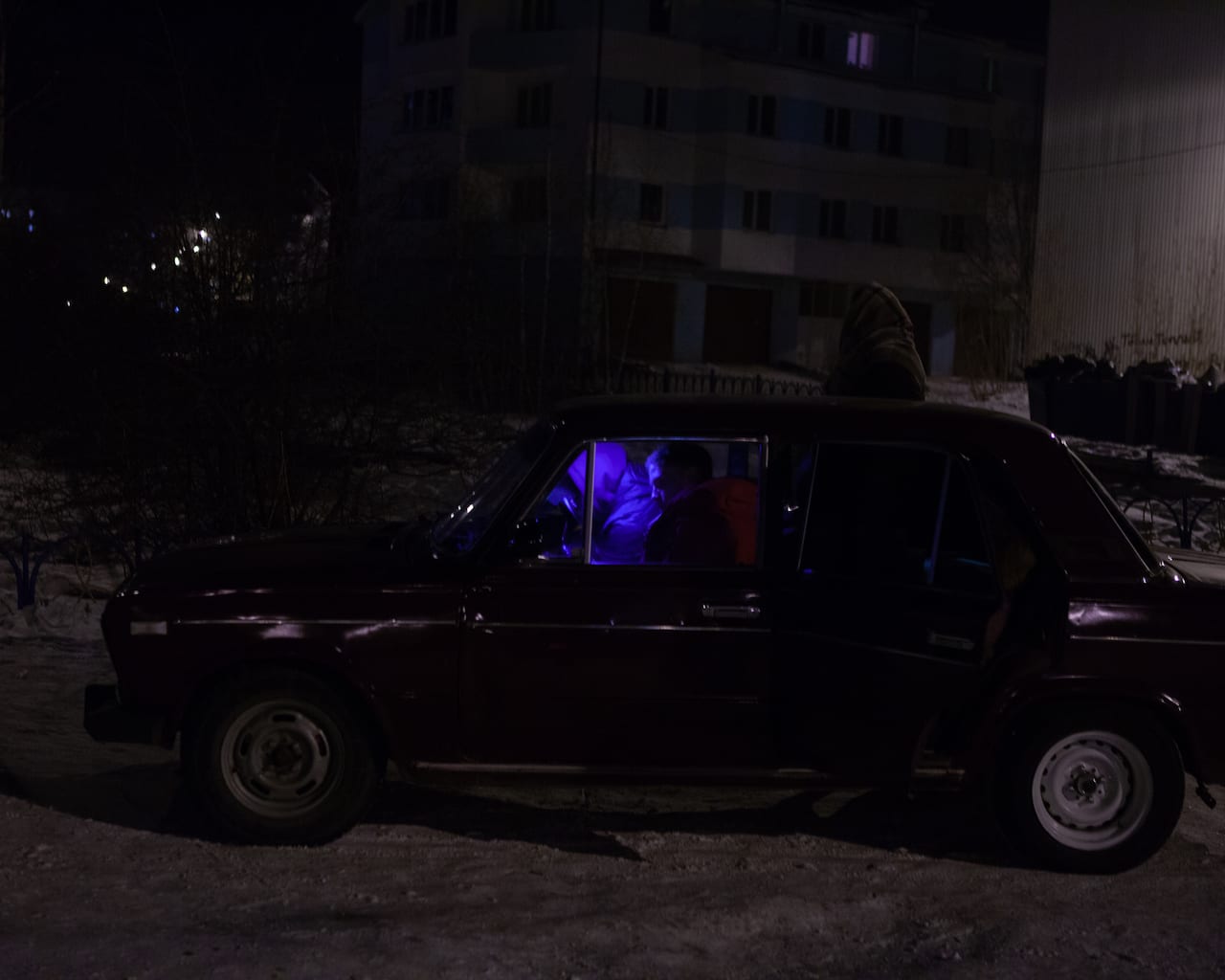Though he is from France, Alexis Pazoumian has long had ties with Russia. His grandfather, the painter Richard Jeranian, is originally from Armenia, and was among the first Western artists of his generation to go to Moscow in 1957, and then again in 1970, and then again for an exhibition in Novosibirsk in Siberia. “I grew up listening to the stories of his travels to this strange and far-away land,” says Pazoumian, “and it made me want to go there.”
Pazoumian’s uncle also adopted an Armenian girl after she was orphaned in the 1988 earthquake; this girl now lives in Yakutsk in the far north of Russia, so when Pazoumian heard about them, he decided he’d like to go to visit. “I was very well-received by this family,” he says. “They helped me throughout my stay.”
Yakutsk is located just shy of the arctic circle and in winter records the coldest temperatures for any major city on earth; in January the average monthly temperature is −38.6°C, and it’s not unusual to have days as cold as -50°C. The city is built on continuous permafrost, which means that it’s so cold that the subsoil is permanently frozen; in winter all the lakes freeze over and are turned into roads, and when it is very cold, a thick mist descends that makes it hard to see more than a few metres ahead.
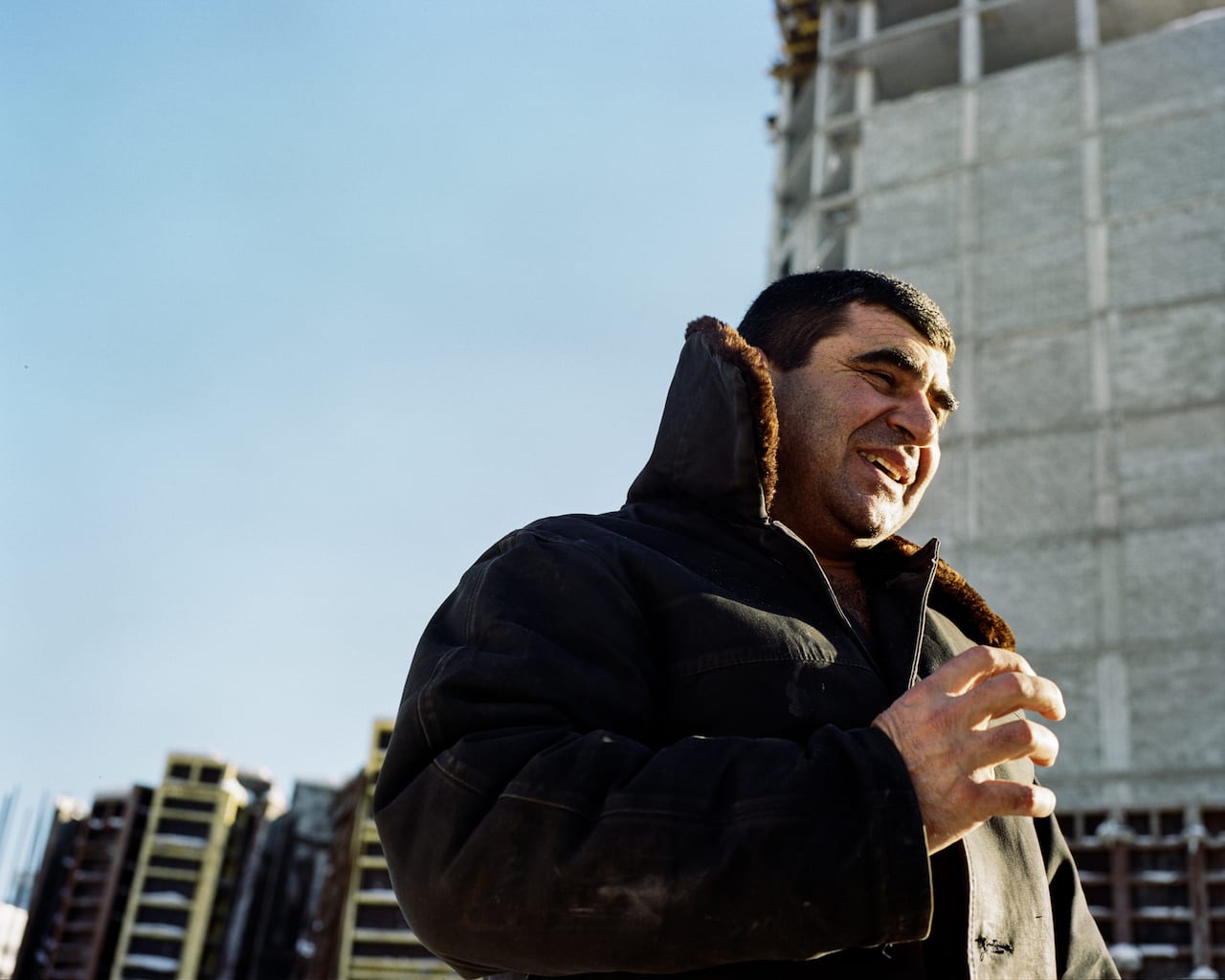
Pazoumian was curious about how people live in such an apparently hostile environment, so he visited from March-April in 2017, then again from February-April in 2018. “Indeed it was cold,” he says; even so he found the locals make lives not so different from any others.
“Most Yakuts are very happy to live there, with the generations they have adapted their daily lives,” he says. “When it is too cold, school is cancelled for the children. But most of the time, people go outside, they go to the movies, make ice rinks, they have a normal life. They are used to it, and some have told me that they would not change their life for anything in the world.
“But if I had to summarise what struck me the most when I was there, I would say it was the drive to live, the survival instinct, which seems to be forgotten in the comfort and safety of our cities,” he adds. “In these pictures I hope to be able to capture the feeling of this vital force that is within each of us, but only reveals itself when circumstances and necessity demand it.”
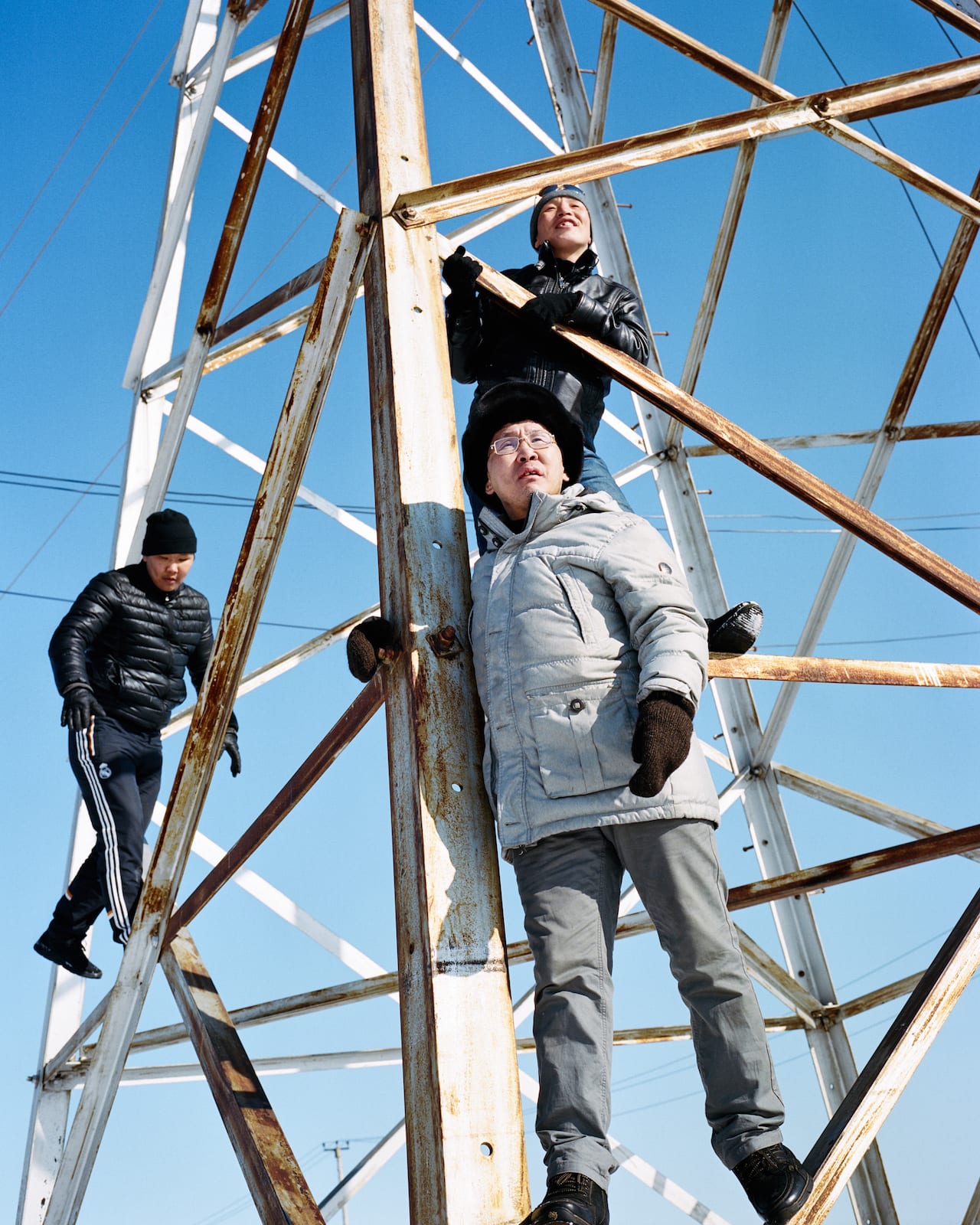
The community is varied, particularly because – rich in gold and other minerals – Yakutsk is very wealthy. It has attracted migrants from areas such as Armenia and Uzbekistan, some of whom chose to stay forever, others of whom leave after a couple of years. The area around Yakutsk is also home to the Evenes, a traditionally nomadic people Pazoumian managed to communicate with via Google Translate. “It’s very useful for this kind of project!” he says.
In fact since graduating from graphic design in 2012, Pazoumian has tended to shoot projects far from home, whether the population of Yakutsk or the African-American community in New Orleans, where he shot his first book, Faubourg Treme. But he says he’s now becoming more interested in topics closer to home, and he’s currently shooting “more personal” projects, at home in France or exploring his Armenian roots.
